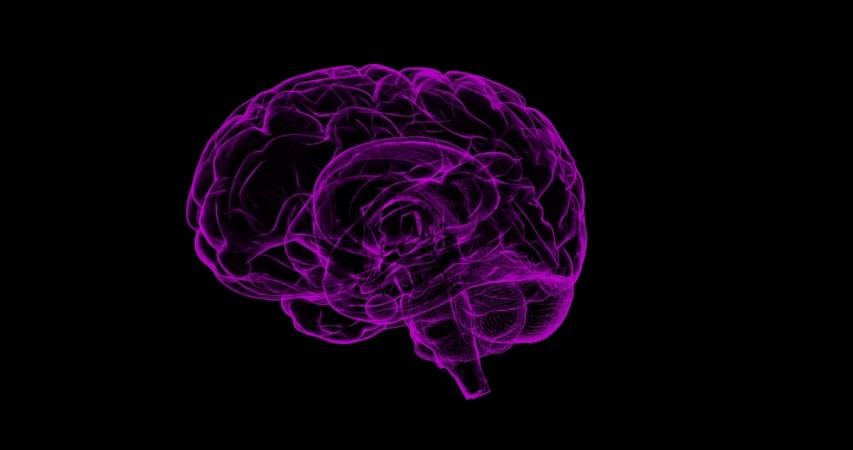Researchers have developed tools to improve the analysis of functional magnetic resonance imaging (fMRI) data which may pave the way for improving schizophrenia treatment.
The image analysis method developed by the researchers at the University of Maryland, Baltimore County (UMBC) in the US is called independent vector analysis (IVA) for common subspace extraction (CS).

Through this method, they were able to categorise subgroups of functional MRI data based solely on brain activity, proving that there is a connection between brain activity and certain mental illnesses, said the study published in the journal NeuroImage.
Schizophrenia patients using the functional MRI data
In particular, they were able to identify subgroups of schizophrenia patients using the functional MRI data that they analysed. Previously, there was not a clear way to group schizophrenia in patients based on brain imaging alone, but the methods developed by UMBC researchers showed that there is a significant connection between a patient's brain activity and their diagnoses.
"The most exciting part is that we found out the identified subgroups possess clinical significance by looking at their diagnostic symptoms," explained Qunfang Long, a Ph.D. candidate at UMBC.
"This finding encouraged us to put more effort into the study of subtypes of patients with schizophrenia using neuroimaging data."

Their work can assist in diagnosis and treatment of patients with mental illnesses that can be difficult to identify. It can also show medical practitioners whether the current treatments have or have not been working based on image groupings.
"Now that data-driven methods have gained popularity, a big challenge has been capturing the variability for each subject while simultaneously performing analysis on fMRI datasets from a large number of subjects," said Tulay Adali, Professor at UMBC.
"Now we can perform this analysis effectively, and can identify meaningful groupings of subjects," Adali said.





!['It's not Mumbai traffic, it's air traffic': Suriya apologises to Mumbai media after paparazzi yelled At Him for making them wait for hours [Watch]](https://data1.ibtimes.co.in/en/full/806234/its-not-mumbai-traffic-its-air-traffic-suriya-apologises-mumbai-media-after-paparazzi.jpg?w=220&h=138)
![Bigg Boss 16-fame Sreejita De and Michael Blohm-Pape exchange wedding vows in dreamy Bengali ceremony [Inside Pics]](https://data1.ibtimes.co.in/en/full/806233/bigg-boss-16-fame-sreejita-de-michael-blohm-pape-exchange-wedding-vows-dreamy-bengali-ceremony.jpg?w=220&h=138)







